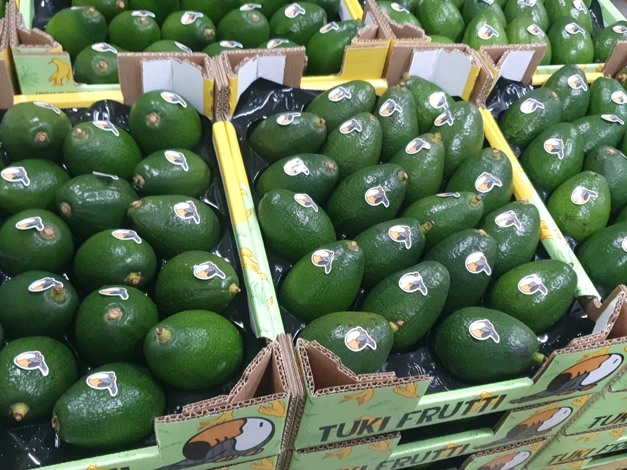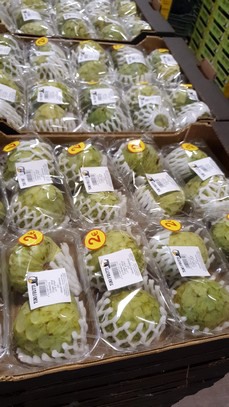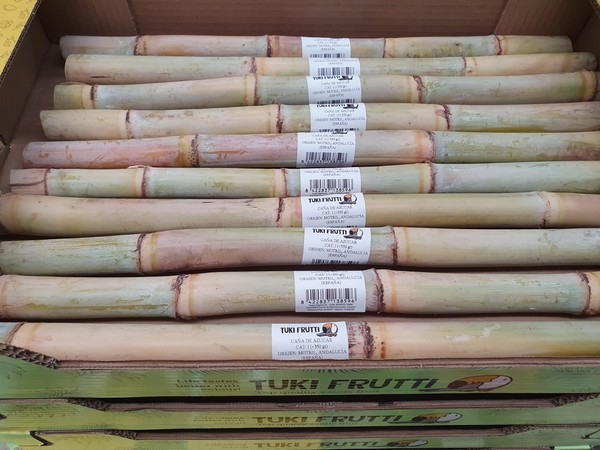It has been a month since the start of the Spanish smooth-skinned avocado season, which has so far again been yielding very interesting results. "We are having a good year with quite high prices," said Emilio Tejerina, of Frutas Tejerina. "There has been a normal production, with fewer problems, in fact, than with the Hass, since the earlier varieties had a better bloom; although there are also farms lacking volumes due to the water issue."

"At the end of September we started with the Bacon, which is increasingly appreciated in the market and has a very stable production, since, in general, there are no large new plantations in Spain. This particular variety is mainly consumed in Eastern Europe - in countries such as Poland, Lithuania, Greece, Romania or Bulgaria, where the demand for smooth-skinned avocados is quite high and keeps rising every year."
"After the Bacon will come the Fuerte, which has a higher consumption in Spain, although both will be mostly intended for export, which generally results in more interesting prices. This year, in particular, it is becoming noticeable that Israel, which is a large producer of these smooth-skinned avocado varieties, is supplying smaller volumes to the market as a result of the conflict and prices remain at a good level."

"Better cherimoya prices, more interesting for producers and, at the same time, very accessible for end consumers"
As for the Hass campaign, this year it will kick off a bit earlier due to the weather and will start in 2-3 weeks, "as soon as the avocados reach optimal levels of dry matter." Meanwhile, another of the great tropical campaigns is underway in the province of Granada; that of the cherimoya, which contributes to there being an almost continuous supply of subtropical fruits of Andalusian origin.

"When the production peak is over, the reduction in the supply is reflected on the prices. These are much more interesting for producers and, at the same time, still very accessible for end consumers. Compared to other more expensive fruits, cherimoya remains at about 2-3 Euro per kilo," says Emilio.
"In November we will see a drop in the production, which will reach its lowest point at the end of December/beginning of January, when the harvest will be just 5-10% the size of the one in September. This year's campaign has been worse than previous ones, with a price difference compared to other seasons of 30-40 cents per kilo. Because of the heat, the fruit has ripened more quickly and this has resulted in a greater concentration of the supply; and those 'extra' kilos during September could be missed later in the campaign."
However, this year's situation has been unusual, consequence of exceptional weather conditions in the province of Granada in July and August, with average temperatures up to 2.3 degrees higher than normal, according to data from Aemet. "The cherimoya market generally remains very stable thanks to the fact that it has been growing in a controlled manner, and although this year has started a little worse, I have no doubt that it has a great future."

In January, when the cherimoya harvest starts slowing down, one of the arguably oldest tropical crops grown in Granada will come into production, according to Emilio Tejerina. "That month, the sugar cane campaign will begin, and will last until May."
 For more information:
For more information:
Frutas Tejerina
C/ Cantarranas 4, 14613 El Varadero, Motril
Granada, Spain
Tel.: +34 958 605 150
frutastejerina@frutastejerina.com
https://frutastejerina.com
